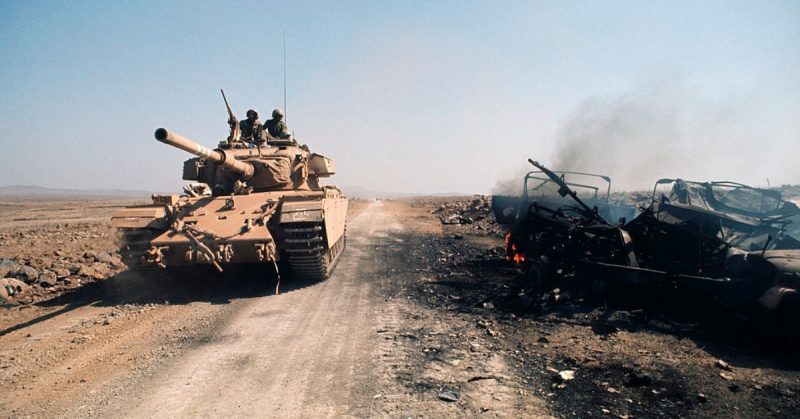Streaming into the Golan Heights was an armored Syrian force of 1,400 tanks, supported by 1,000 artillery pieces and air power.
On October 6th, 1973, Syria and Egypt launched simultaneous attacks on Israel. This became known by various names such as the Yom Kippur War, the October War, and the Ramadan War.
The goal was to at reclaim territory lost during the 1967 Six Day War and, upon success, move on to defeat and destroy the Jewish State. What transpired during the war was one of the most lopsided tank battles in history: the battle of the Valley of Tears in the Golan Heights.
Egypt and Syria, as well as Jordan, had mobilized their forces and threatened to attack Israel back in 1967. However, in response, Israel launched preemptive strikes against all three adversaries, pushing them back and rapidly taking the Sinai Peninsula, the Gaza Strip, the West Bank, and the Golan Heights.
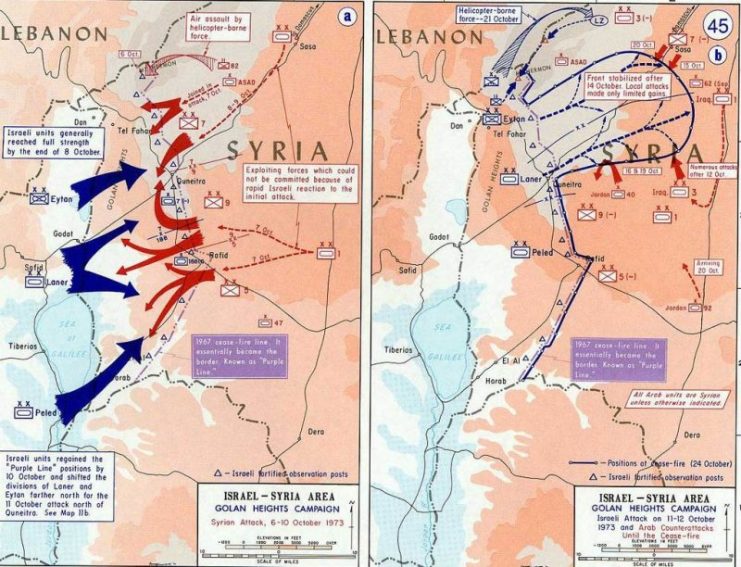
Despite some warning signs in 1973, the attack came as a surprise to Israel. Yom Kippur is the holiest day of the Jewish year, and the Israel Defense Forces were well below full strength.
Streaming into the Golan Heights was an armored Syrian force of 1,400 tanks, supported by 1,000 artillery pieces and air power. About 400 of the Syrian tanks were T-62s, state-of-the-art modern Soviet tanks at the time. The rest were a combination of older T-54 and T-55 units.
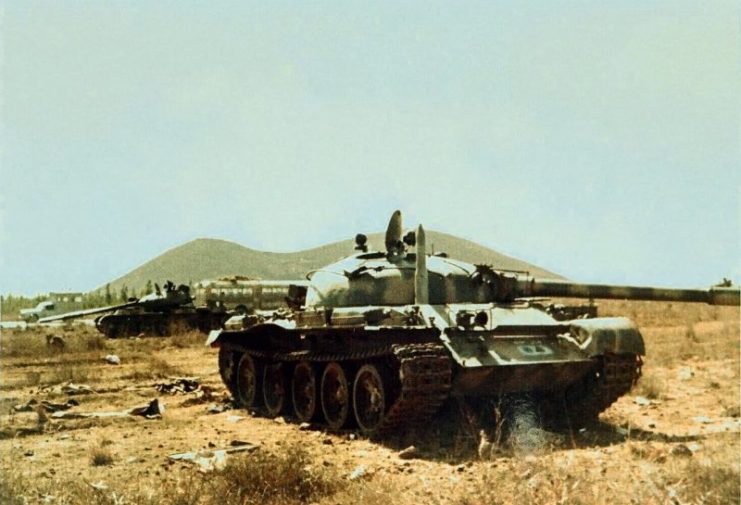
Standing in their way were two Israeli brigades tasked with holding off the invasion while reservists were mobilized to reinforce the front. They were the 7th Armored Brigade in the north and the 188th Barak Brigade to the south. Combined, they had 170 tanks and 70 artillery pieces. On the Israeli front line was a combination of Centurion and M-48 Patton tanks.
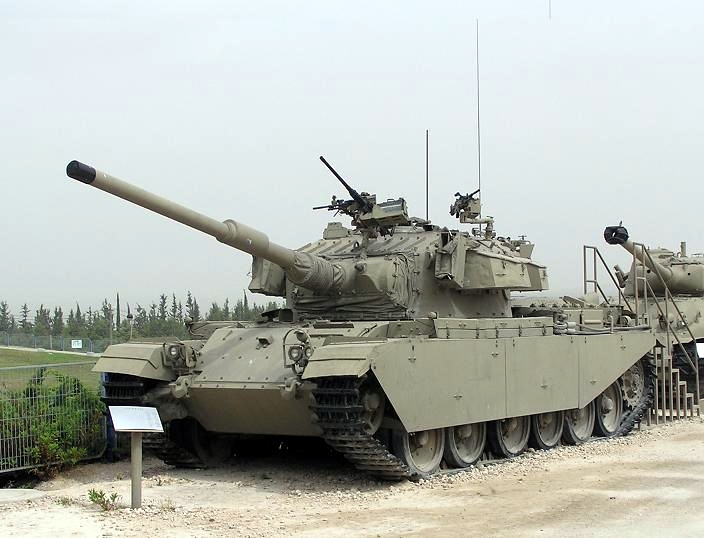
The initial Syrian assault included mine-clearing tanks and bridge layers used to clear Israeli defensive mines and ditches. Israel’s 7th Armored Brigade took the brunt of the attack, with 500 tanks and 700 armored personnel carriers advancing. Despite being vastly outnumbered and losing a number of their own tanks, Israeli forces managed to hold the line and inflict heavy Syrian casualties.
That night, the battle continued, with Syrian attacks and Israeli counterattacks. A couple of times the Israeli lines were penetrated, but persistent counterattacks managed to push back the invaders.
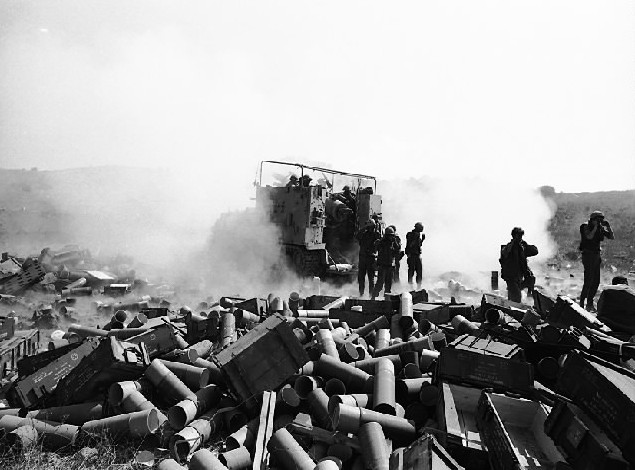
Heavy fighting continued in the northern Golan Heights for two more days. Despite increasingly bigger losses, the Syrian force continued to press.
By October 9, Israel was down to only six tanks protecting the northern section of the country. As the 7th Armored Brigade began to pull back, they were reinforced by a small force of 15 tanks. The Syrians saw the fresh Israeli equipment arriving and assumed it was the vanguard of major reinforcements. They immediately began to retreat.
Hundreds of shattered tanks and other military vehicles littered the countryside. That widespread destruction led an Israeli officer to refer to the area as the “Valley of Tears.”

In the southern Golan, on October 6th an estimated 600 Syrian tanks attempted to breach the line held by the Israeli Barak brigade with just 12 tanks. A defensive minefield and heavy artillery fire destroyed several dozen Syrian tanks in the initial attack.
Yet with overwhelming superiority, Syrian forces kept attacking. Israeli fighter jets were called in to even the odds but many were shot down by newly acquired Syrian anti-aircraft systems.
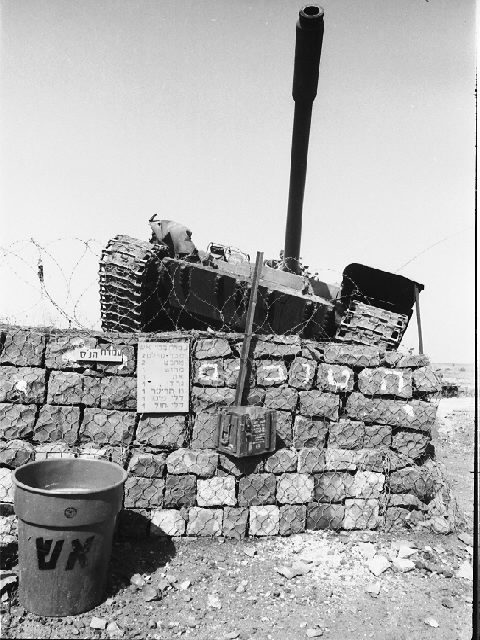
Heavy fighting continued into the night. The Israelis resorted to quick hit and run tactics with their limited tanks and artillery. This may have stopped Syrian forces from overrunning the southern Golan Heights that night. The Syrians apparently believed they were facing a larger enemy than was the case.
On October 7, Syrian tanks started another advance. With almost no tanks left, the Barak Brigade commander, Colonel Yitzhak Ben-Shoham, prepared for a last stand. He fought in a holding pattern against the advance until he was killed and the Brigade completely destroyed.
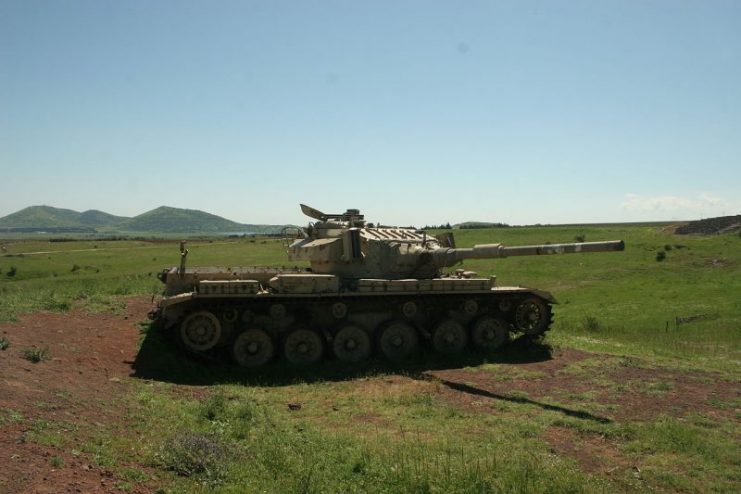
The Barak Brigade’s last stand and a Syrian pause after the battle bought Israel more time. By that time Israeli reserve units were streaming to the front. Within a few days, the Syrian advance had become a full retreat.
Israel would win the war but at a costly price in casualties. Syria and Egypt were forced to retreat, but they had shown much stronger resolve than in 1967. The war ended on October 25th, 1973 with the same front lines as 1967. A few years later Israel and Egypt would sign a peace treaty, returning the Sinai Peninsula to Egyptian control. Israel and Syria technically remain at war to this day.
